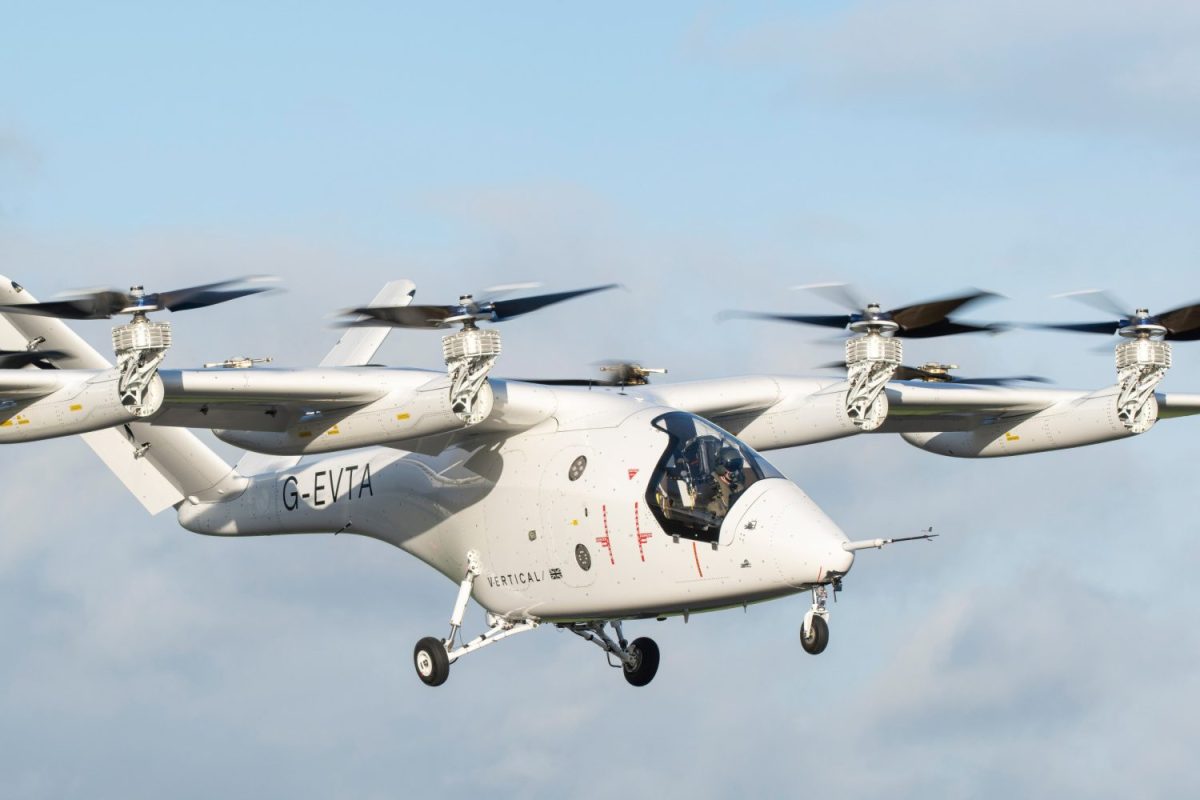IAG Is Shifting Summer Flight Focus to North America From Asia

Skift Take
International Airlines Group is making a big bet on North America this summer, with plans to fly roughly the same transatlantic capacity as before the pandemic, executives said last week on the company's fourth-quarter earnings call. But while IAG sees opportunity, its decision is partly a reflection of a new reality, in which one continent remains effectively closed to European airlines.
"The capacity that we are not flying to Asia, we are putting in the North Atlantic," IAG CEO Luis Gallego told analysts. "And that's the reason we are going to reach 100 percent of the capacity."
As IAG rebuilds its transatlantic franchise, its network will look different than three summers ago, with Aer Lingus flying less capacity, Iberia flying to more destinations, and British Airways prioritizing more connecting service over London Heathrow.
Aer Lingus struggled more than IAG’s other network airlines during the pandemic, executives said, because it previously relied heavily on transatlantic traffic and lacks a domestic market. In addition, IAG Chief Financial Officer Stephen Gunning said, Ireland implemented stricter Covid protocols than other European nations. Aer Lingus reported a -92 percent operating margin last year with a load factor of 48 percent, according to figures released by IAG.
"It's been a very tough time for Aer Lingus," Gunning said. "They flew less capacity than our other operating companies during Q4 and still had the lowest load factor."
Still, with the U.S. permitting European tourists, the Irish airline this summer will increase transatlantic capacity. IAG executives said Friday that Aer Lingus will operate about 90 percent of its former North Atlantic capacity this summer, though that includes fewer fights from Dublin and new ones from Manchester, U.K. to New York, Orlando and Barbados. The airline opened the new UK base late last year.
Meanwhile, British Airways should fly roughly the same amount of capacity this summer as in 2019. But connectivity will be different, as the airline moved some short-haul leisure capacity from London Gatwick to Heathrow, allowing easier connections from the U.S. to Venice and Naples. British Airways will return to "almost all" of its North American gateways this summer, executives said, with “more destinations than our competitors.”
"We have taken a lot of steps to try to rebuild the network and also to try to take the opportunities that others have let in the market," Gallego said.
Executives said they are bullish on British Airways' prospects, noting the airline produced impressive results in the fall, after the United States opened and before the Omicron variant began to spread. Its fourth-quarter operating margin was -15%, which, remarkably, made it the second-best performing IAG airline during the period.
"We really saw some momentum and progress in the business," Gunning said. "We were ahead of our expectations, and it was really starting to motor as a business."
Finally, executives called Iberia the group standout, noting it was the only one of the company's four airlines to report positive operating margin in the fourth quarter, at 8 percent. This summer, executives said, Iberia is increasing its "presence" in North America, with new routes to Dallas and Washington, D.C. Concurrently, executives said Iberia will resume all but 5 percent of its Latin American capacity by the end of this year.
"All of the businesses, whether it's MRO, whether it's Iberia mainline or whether it's Iberia Express, we're profitable," Gunning said.
While IAG is optimistic about the North Atlantic for Iberia and British Airways, executives underscored that they're still not seeing highly profitable business travelers return in big numbers. They said they are hopeful business travel will return as more people return to the office.
"Premium business travel is clearly lagging behind for both airlines," Gallego said. "For BA, they had a high of 30 percent of 2019 levels in November. And they have declined to 20 percent in January due to Omicron. For Iberia, it peaked at 60 percent in November and now is around 50 percent."
Like most airline companies, IAG is partially offsetting the lack of business travelers with more leisure traffic. Executives noted that this summer, the company's airlines may regain pricing power in the leisure segment as demand increases and fewer low-cost-carriers fight for the traffic. Just before the pandemic, many carriers made big profits from premium seats but struggled with economy class yields against airlines like Norwegian Air.
IAG is estimating economy and premium economy industry capacity across the North Atlantic will decrease by about 8 percent compared to 2019, while business and first class capacity will increase by 1 percent.
"Norwegian, they have left the market," Gallego Martin said, "so we are going to have less non-premium seats in the market, and we are going to have an opportunity there."




